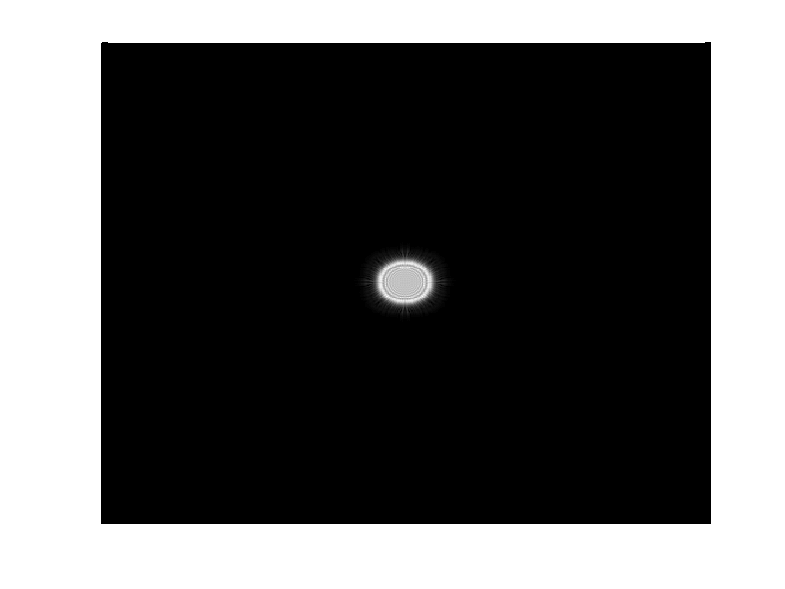Researchers from the University of York and Portugal’s Nova University of Lisbon have developed a new solar cell design, based on diffraction grating lines, which purportedly improve the devices’ light diffraction and efficiency.
Diffraction gratings are optical components that split and diffract light into several beams traveling in different directions and are commonly used in monochromators and spectrometers.
“Our design rule meets all relevant aspects of light-trapping for solar cells, clearing the way for simple, practical, and yet outstanding diffractive structures, with a potential impact beyond photonic applications,” said research co-author, Christian Schuster. “This design offers potential to further integrate solar cells into thinner, flexible materials and therefore create more opportunity to use solar power in more products.”
According to the research team, gratings were used for PV applications in previous research, but they have shown marginal absorption improvements in solar cell materials.
The scientists introduced the concept of “photonic domain” to explain their innovation. It is defined as the region within a photonic structure in which a basic diffractive element is periodically arranged in a one-dimensional fashion. Photonic domains are, in practice, different arrangements of diffractive elements.
Scientists have thus far mostly focused on triangular, rectangular, and hexagonal domains for light trapping. Only a few have proposed a pentagonal or heptagonal domain, despite their superior characteristics, the U.K.-Portuguese team said.
“We thus propose an irregular pentagon with two different side lengths as the photonic domain for efficient light trapping,” the team said. “Curiously, the alternate arrangement of such pentagons enables butterfly wings to absorb more sunlight.”
Popular content
This special design was tested on a solar cell structure composed of crystalline silicon (c-Si) absorber material with a thickness of 1 µm. “At this thickness, light trapping has a great impact on absorption, and differences in photocurrent will manifest noticeably in the comparison of different textures,” the academics explained.
The checkerboard design light-trapping performance was found to be close to that of the QR supercell design, which is a sophisticated design based on the superposition of multiple gratings that is able to control the phase shift between different diffraction orders.
Compared to the QR supercell, however, the proposed design is said to have lower complexity without loss in light-trapping performances. Furthermore, the scientists added, it may increase the solar cell’s ability to absorb light by 125%.
“In principle, we would deploy ten times more solar power with the same amount of absorber material: ten times thinner solar cells could enable a rapid expansion of photovoltaics, increase solar electricity production, and greatly reduce our carbon footprint,” Schuster affirmed.
The new cell design is described in the study “Light trapping in solar cells: simple design rules to maximize absorption,” which was recently published in Optica.
This content is protected by copyright and may not be reused. If you want to cooperate with us and would like to reuse some of our content, please contact: editors@pv-magazine.com.



1 comment
By submitting this form you agree to pv magazine using your data for the purposes of publishing your comment.
Your personal data will only be disclosed or otherwise transmitted to third parties for the purposes of spam filtering or if this is necessary for technical maintenance of the website. Any other transfer to third parties will not take place unless this is justified on the basis of applicable data protection regulations or if pv magazine is legally obliged to do so.
You may revoke this consent at any time with effect for the future, in which case your personal data will be deleted immediately. Otherwise, your data will be deleted if pv magazine has processed your request or the purpose of data storage is fulfilled.
Further information on data privacy can be found in our Data Protection Policy.